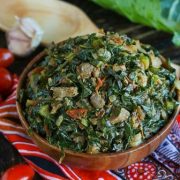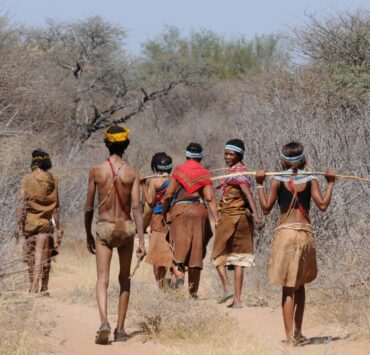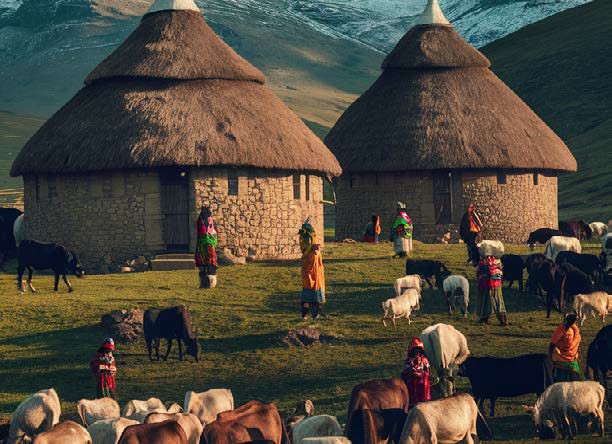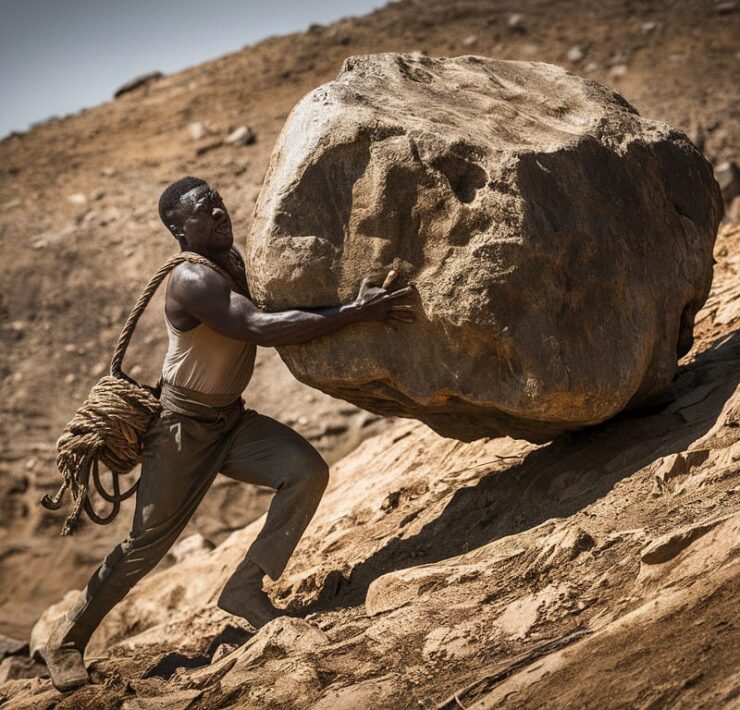CARE: The way to rise above the pain of Kenya’s 21 floods
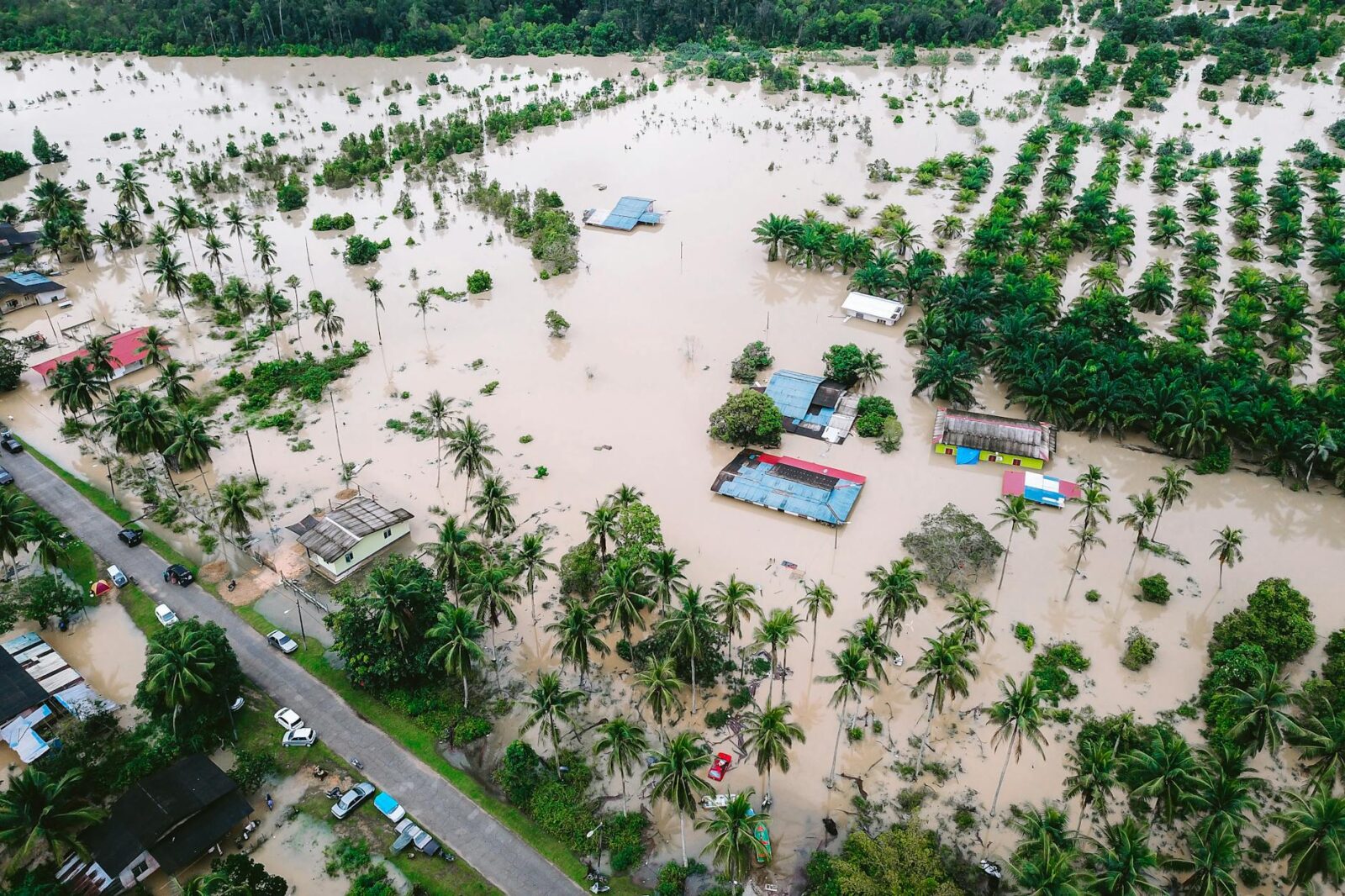
John Wills Njoroge is a psychotherapist and social diagnostician who…
I received a call from Agano, a friend who was in distress because the river near her village was bursting its banks and sweeping farms as though hungry for any living thing. This is not a new case but it is more severe than the past tragedies according to her assessment. Kenya in the past, and presently, has been affected by natural disasters, such as floods. This has exposed many individuals to various health-related issues, ranging from morbidity to mortality. Kenya has had over 20 major floods from 1964 to date and so this is our history that we need to explore compassionately. Past survivors of major floods in the country have experienced a range of excruciating effects. A few that I know of whom I talked to from affected areas are still struggling with distress, anxiety, pain, depression, and social dysfunction because of the past natural disasters and our current situation.
Agano informed me that the situation is worse because of an overflow of a dam upstream owned by a large-scale farmer. Her comments were, “We have had severe losses and mental health cases of distress that led to mental disorders and psychopathologies in my community due to losses caused by the dam in the past”. This family has experienced distress in the past and they are facing the same now, wondering why the land and the skies cannot align for their good. Is the issue about the land and skies not aligning, or is it human interference messing up with the unforgiving nature as the farmer enjoys elevated land and others build on wetlands?
Cries are heard from people living in informal settlements. It is tragic how many have been displaced while others are losing their lives in the process. These floods have exceeded the most commonly historically affected floodplains of the major rivers such as the lower Tana River, the lower Nzoia River at Budalang’i Plains, and the lower Nyando River at Kano Plains by distressing 21 of the 47 counties.
As the law of nature has it, floods do not discriminate and therefore urban and rural areas are equally affected and Kenyans are poking fun as a way to ease the pain of the floods. It was good for the government to suggest the idea of having the affected move to the land belonging to the National Youth Service as rescue measures continue and we pray for insight. Hongera to the grassroots organizations for mobilizing contributions towards the affected in places like Mathare, Kibra, Mukuru, and others. Ubuntu!
As a parent, it is unimaginable to think about the agony parents are going through because of the floods. Our current social interventions are a great starting point as many are working to save lives. A call to push beyond and ask ourselves “Why are we here experiencing the same challenge that has occurred over 20 times since independence?” We also need to ask ourselves “How can we determine the extent of the psychological distress people are experiencing following natural disasters as one of the sources of our social collective trauma?” My friend’s family is currently displaced and poverty has struck the community due to such experiences.
Sadly, news of most of these experiences is delivered orally. We have not documented in most parts of the country the severity of the floods, which must be our guide for future preparation. Very little is known in detail about the affected villages in our country where such information is available, such as water depth. In addition, as a friend shared, we have had mudslides in the affected areas, leading to loss of life, possessions, and communal life as a whole.
We should rally together as we did with the Kenyan constitution where resources were pulled together, and history was honored as a path to our national True North. Floods have ravaged us beyond our independence. Yet, now is the time for a flood prevention, preparedness, response, and recovery plan. We have a presenting opportunity to have difficult conversations about the role of corruption, the consequences of meddling with the laws of nature, reviewing and readapting our drainage systems, and committing to the dignity of all declaring “Never again!”
As a country and Africa at large, we have a recovery and emergency response gap. Recommendations to move to higher grounds are temporary solutions to what seems to be our permanent problem as a nation and continent. We can change this by addressing these gaps as a way of making these floods less destructive to all Kenyans. The government needs to assess all dams and ensure that they are not a threat to humanity. This should have been the case after the Solai tragedy in 2018 when the dam collapsed with water flooding downstream through the fields into homes, killing 48 people. A close family friend from Solai has been dealing with the emotional and mental effects of this tragic event. Natural disasters like floods and mudslides should prompt us to prepare our communities with recovery and emergency response plans, much like Noah’s Ark. In my conversation with Agano, we agreed that planning should not be limited to preventing disasters, but should also focus on utilizing water resources for our benefit as a nation. On the compassionate side of disaster is growth; growing for us is accepting that floods are excess water in need of planning and management. The excess supply of water if well-managed can irrigate our land to boost our food security. Additionally, we need to respect the natural order and not interfere with the environmental preservation strategies of communities. We should consider community-centered economic, environmental, psychological, and physiological support to those who may be struggling with grief and other mental health concerns following the past and recent floods.
What's Your Reaction?
John Wills Njoroge is a psychotherapist and social diagnostician who assists individuals and teams clarify their purpose in life and create a philosophy of their existence and work. He is co-founder of Lead Global Impact, an organization that builds the leadership capacity of primary and high school children and youth in Kenya. He is the author of ‘Father to Son’, a manual designed for fathers to better understand their sons and relate more effectively with them, and ‘Brave Hearts Leadership Program’ a manual that has been used widely to train boys as responsible leaders. Among many other leadership roles, he is consulted and contributes to shaping narratives on youth matters and social justice in Kenya’s mainstream media.








